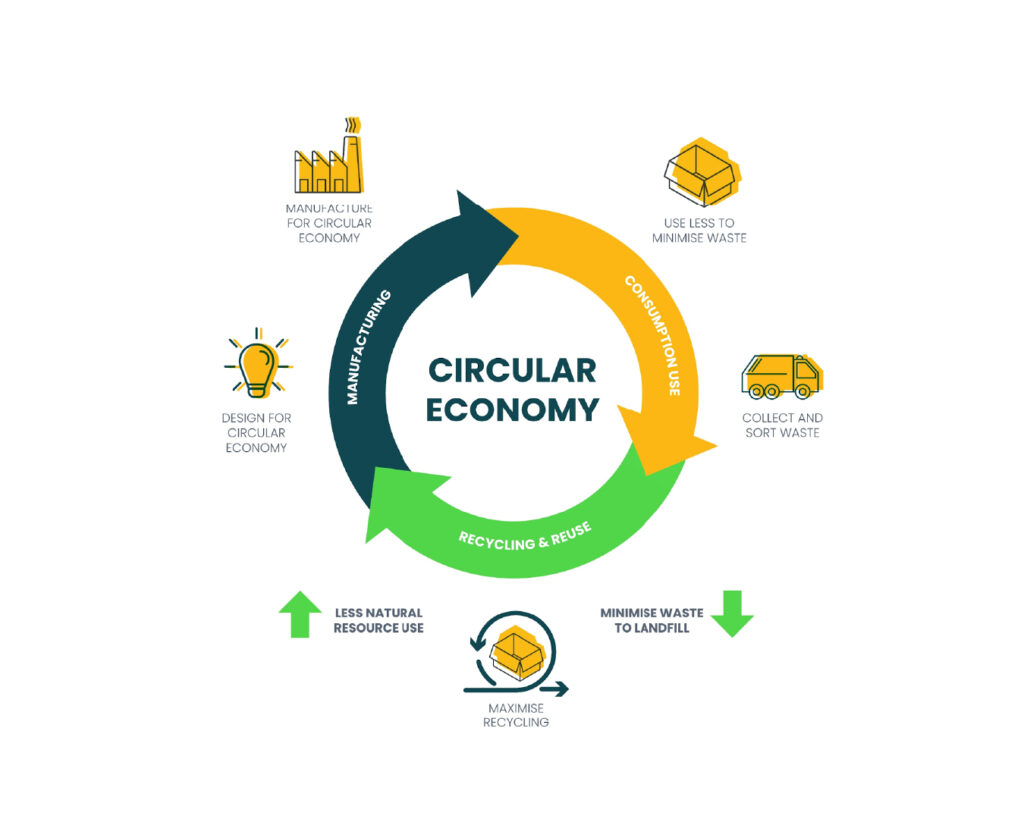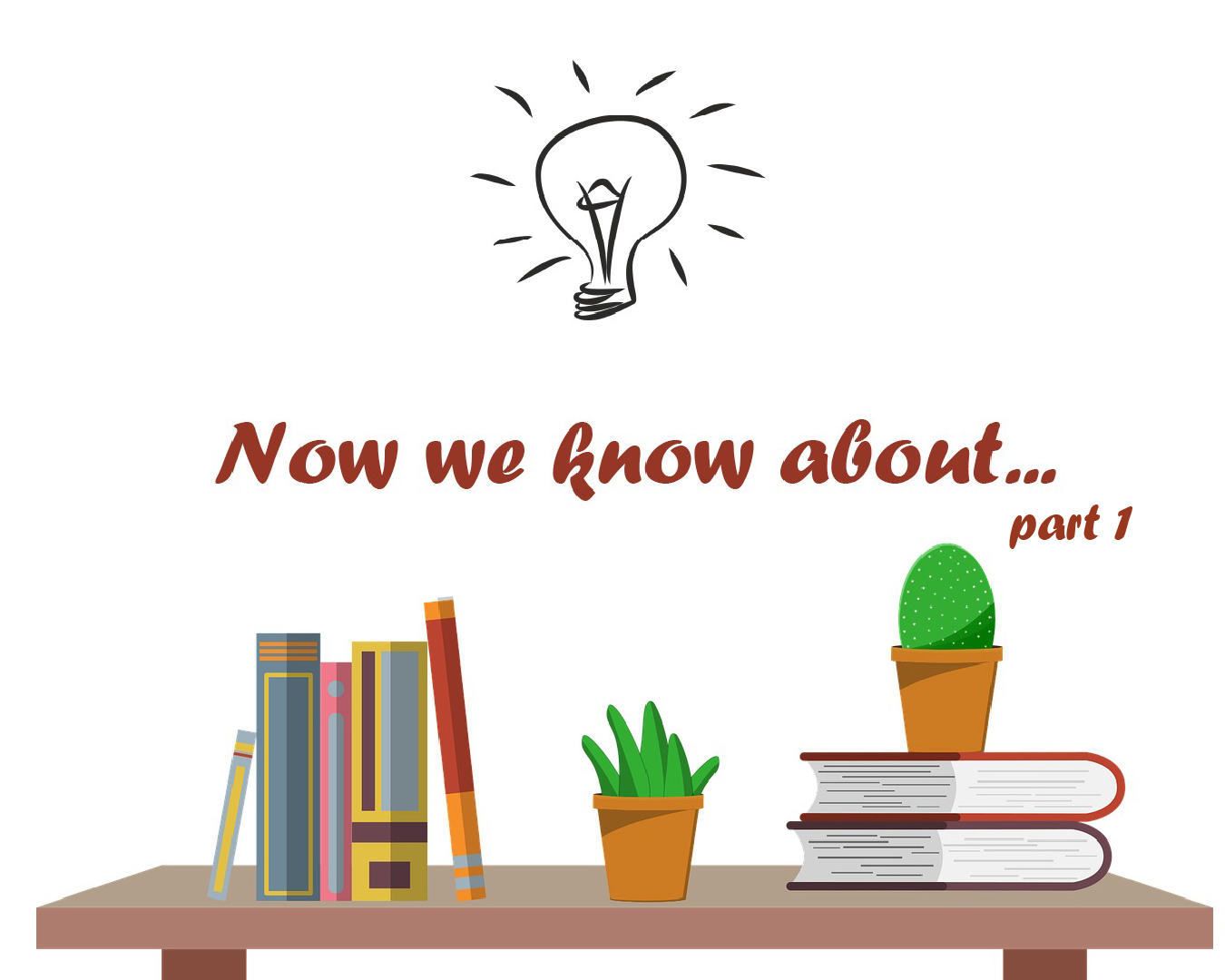The circular economy is a model focused on resource reuse, recycling, and waste reduction, which lowers production costs and protects the environment. The goal is to reduce the need for new raw materials and promote recycling, reuse, and product refurbishment.
The model encompasses four main principles (4R):
- Repair
- Reuse
- Reduce
- Recycle.
Materials are recycled in a closed loop, creating new products and reducing waste. It also emphasizes the use of renewable energy sources and resource optimization. The circular economy encourages resource sharing and reduces the need for individual ownership, while striving to mimic the principles of natural ecosystems, where waste becomes a resource.Vrh obrasca
The circular economy represents a new management model that offers a range of benefits for the economy, environment, and society. Economic benefits are seen in the creation of new jobs, fostering innovation, and improving economic competitiveness. Environmental benefits include reducing environmental pollution, protecting natural resources, and mitigating climate change. These benefits also translate into social advantages by improving quality of life, creating healthier and more sustainable communities, and contributing to the reduction of poverty and inequality.
In the circular economy, producers design products for multiple uses. For example, electronic devices are designed in a way that makes them easier to repair. Products and raw materials are reused as much as possible. For instance, plastic is recycled into pellets for the production of new plastic products.
There are also products that are not commonly used in the traditional economy, such as drills or specialized tools. In the circular economy, these products are generally used more intensively, for example, by sharing with others through renting or adapting the production process. Overall, this means that fewer products are needed, and thus fewer raw materials are required.
Here are some examples of good practices in the circular economy:
- Dukat (CRO)
- “Arteco Pavletić” association (CRO)
- ZMAG association (CRO)
- Too Good To Go
- Ecozap
- Sheedo
- Humana Nova (CRO)
- Hedona (CRO).
Here are some examples of how we can participate in the circular economy:
- Bottle and can return for recycling – Returning bottles and cans for recycling, often receiving money in exchange (typically done by returning bottles and cans to stores).
- Reuse of food packaging – Reusing packaging materials for food, reducing the need for single-use packaging.
- Reuse of old bricks for building green spaces – Repurposing old bricks for the construction of green areas, promoting sustainable building practices.
- Repair of broken devices – Fixing broken devices instead of discarding them, extending their lifespan and reducing electronic waste.
- Recycling – Sorting and recycling materials such as paper, plastic, glass, and metal to be reused in the production of new products, reducing waste and conserving resources.
- Selling second-hand items – Selling or donating used goods instead of throwing them away, promoting reuse and reducing the need for new products.

autorica: Petra Vuleta
Data sources
FOI, Hanžek Leona, Kružna ekonomija – razvoj, potencijal i izazovi (Circular economy – development, potential and challenges), https://repozitorij.foi.unizg.hr/islandora/object/foi%3A8392/datastream/PDF/view
Večernji list, NL Native Studio, https://www.vecernji.hr/biznis/5-razloga-zasto-je-kruzna-ekonomija-temelj-odrzivog-poslovanja-1558618
ZMAG association, https://www.zmag.hr/hr/o-nama/zadruga-za-dobru-ekonomiju.html
State of Green, https://stateofgreen.com/en/news/10-examples-of-circular-economy-solutions/
Sener, https://www.group.sener/en/insights/from-waste-to-resource-6-examples-of-circular-economy/
Photo:
https://acterra.org/2023-10-17-importance-of-sustainable-waste-management-in-a-circular-economy



